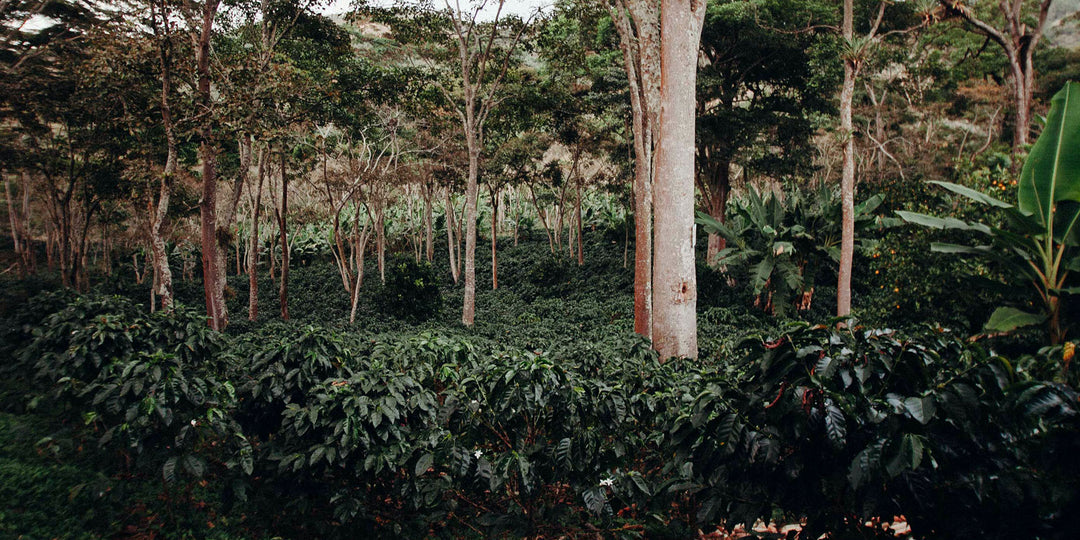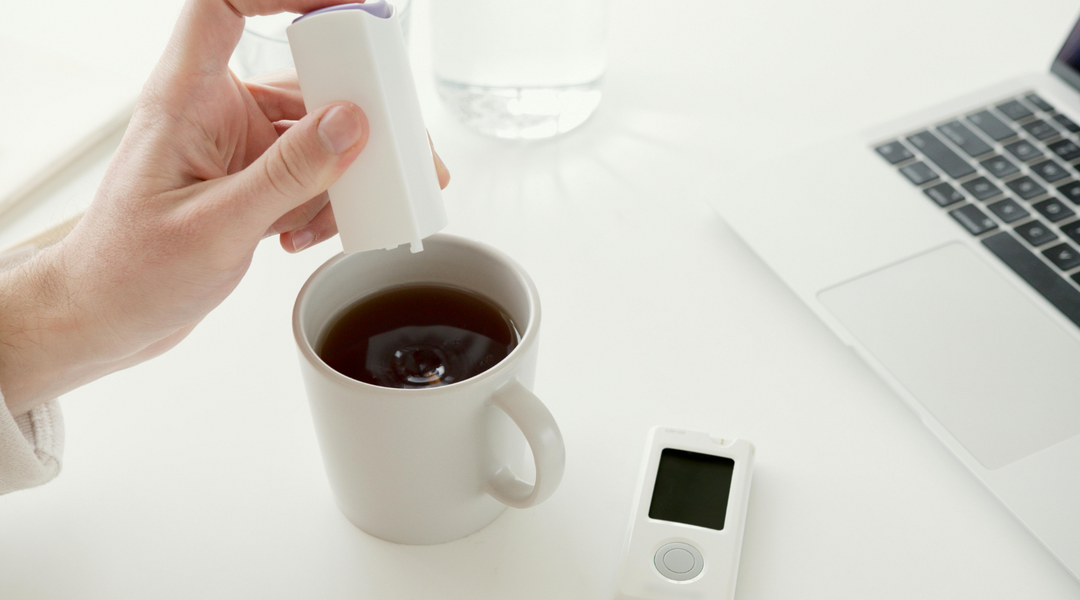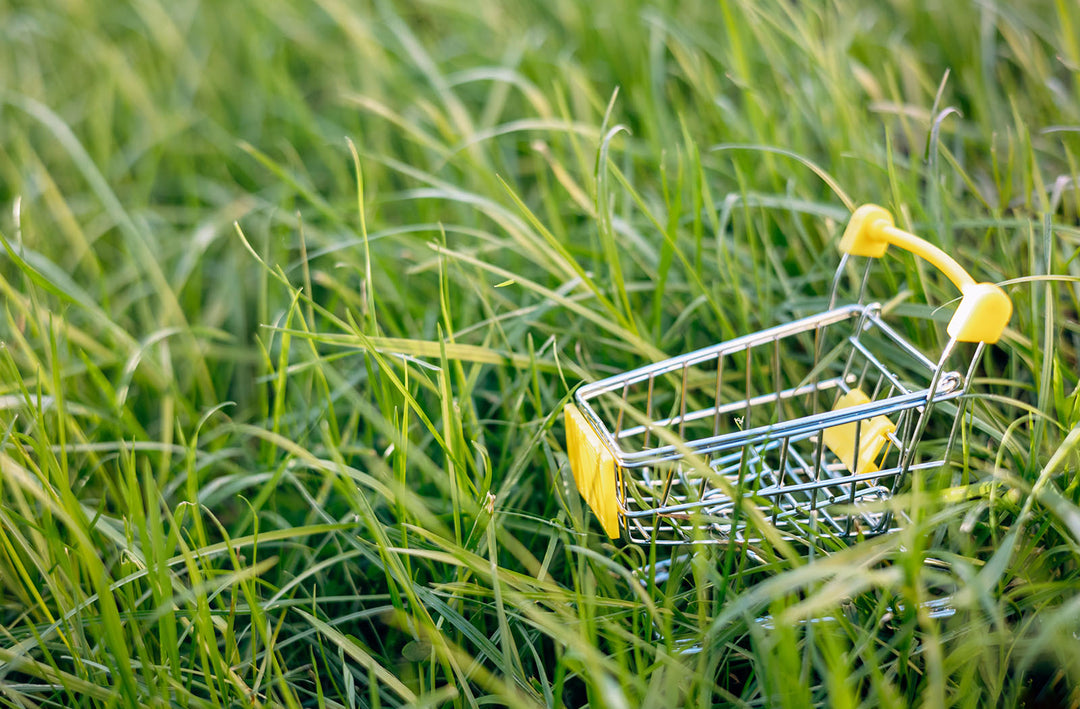All over the country, well-meaning people are making health resolutions that completely remove certain types of food from their diet. For some, coffee tops the list of forbidden foods along with anything else containing caffeine.
Scientific studies have proven that coffee offers us a variety of health benefits. It contains superfood-levels of antioxidants that help the body fight inflammation and disease. Studies have proven it reduces risk of everything from cardiovascular disease to cognitive disorders, with regular coffee drinkers experiencing a 30% decreased risk of congestive heart failure and 65% reduced risk of Alzheimer’s.
So with such proven positive effects, why do health-conscious people swear off the beverage time and time again?
Coffee’s Underdog Past
Coffee has a long history of being maligned in health communities. Back in the 1950s, epidemiological studies (which surveyed big groups of people over time) linked coffee-drinking to multiple diseases. However, these surveys didn’t figure in other lifestyle factors, so even if the people who were part of the study were also heavy smokers, the diseases they developed would be connected to coffee drinking. This cast coffee in a very unhealthy light.
Since then, studies released all over the world by esteemed publications like the New England Journal of Medicine and the Mayo Clinic, have debunked this misread data. For many who have not received the memo, however, the misconception remains.
Additionally, some coffee-drinkers complain about unpleasant side effects. Jitters, shaky hands, disrupted sleep, increased anxiety are all very real complaints that people experience from ingesting too much caffeine. And that’s where one of the biggest problems lies. While different coffees can have varying levels of caffeine, it’s actually the caffeine in coffee that often presents a problem. The USDA and medical professionals recommend 400 mg of coffee per day, which is equivalent to 3–5 cups. But caffeine can come from many other sources.
What does caffeine do?
When you drink coffee, the first thing that happens is the liver metabolizes it and breaks it down into three different compounds: theophylline, theobromine, and paraxathine. These chemicals are able to pass through the blood-brain barrier to produce psychoactive effects (caffeine is one of the few chemicals that can do that). Once metabolized caffeine reaches the brain, they attach themselves to proteins that normally receive the drowse-inducing chemical adenosine. These effects can be felt for about 45–60 minutes, and may linger for up to 6 hours, which explains why it can disrupt sleep if you have too much caffeine in the evening.
While many are wary of the downsides of caffeine, it can provide some benefits as well. The 2015 USDA dietary guidelines, for instance, point to a “protective association between caffeine intake and risk of Parkinson’s disease.” It’s also proven to be a potent performance-enhancer when it comes to exercise and weight loss. One Spanish study found that athletes who ingested caffeine before a workout burned 15% more calories than those who didn’t. Additionally, cyclists who ingested caffeine before a workout completed 15–23% more work than those who didn’t. It’s important to note, however, that these trials were about ingestion of caffeine--not necessarily coffee. For example, the cyclists in the study ingested a glucose and caffeine solution. While most of the time coffee contains caffeine with all its upsides and downsides, caffeine exists in other places.
Different levels of caffeine in different products
There are hundreds of products on the market today that contain caffeine including coffee, tea, energy drinks and even chocolate and some types of gum. If you are concerned with your cumulative caffeine intake, be aware that many of these products do not have obvious labeling to let people know how much caffeine they contain. On the other hand, some energy drink, soda, and coffee companies use their high levels of caffeine to market their coffee, and can contain up to 750 mg of caffeine per 12 oz serving (much more than the daily recommended dosage).
Also important to take into account is that many products commonly known to contain caffeine (including espresso drinks from chain cafes) also contain high levels of sugar. Conflating healthy coffee drinkers with those who gravitate toward creamy, sugary drinks seems very similar to the types of misunderstandings that demonized coffee in the first place.
Coffee’s Benefits Beyond Caffeine
If you are worried about drinking too much caffeine, but would rather not give up on coffee altogether, there’s good news. Many studies on coffee and health have observed no difference between caffeinated and decaffeinated coffee. For instance, decaf and regular drinkers alike reduced their chances of getting type 2 diabetes. If you are able to drink high-quality, toxin-free coffee in moderation (and are not going against your doctor’s medical advice), the benefits far outweigh the downsides.
On average, Purity Coffee delivers around 2x-4x the antioxidants of other coffees, meaning you won't need to consume as much coffee to reap its amazing health benefits. For example, 3 8oz cups of Purity Coffee will provide an antioxidant benefit equivalent to about 8 to 10 cups of conventional coffee - while also making sure you don't ingest any harmful mycotoxins.








what’s the caffeine amount for two shots of espresso purity flow?
———
Purity Coffee replied:
Thanks for reaching out to Purity Coffee! This is a quick note to let you know we’ve received your message. We’ll get back to you as quickly as possible. ☕️✨
Please note, duplicate tickets or multiple forms of contact may impact our ability to respond. Resolving any issues you may have and answering your questions is our top priority, and we are working diligently to get back to you.
For urgent matters, we encourage you to check our comprehensive Help Center: https://purity-coffee-help-center.gorgias.help/en-US, as it might provide the answers you’re looking for.
———
Purity Coffee replied:
When brewed with 13-14g of ground coffee in 10oz of 205° water for 5 minutes, Calm tested at 2.91mg, Balance at 27mg, Ease at 88mg, Flow at 97mg, and Protect at 99mg.
The main thing to keep in mind is that the particle size of the grind in combination with the brew method, water temperature and water volume-to-coffee weight ratio impacts the final level of caffeine. For example, cooler water extracts less caffeine. Because of those considerations, the tested levels are not necessarily what ends up in your final cup, but those numbers are a very accurate estimate and starting point.
What is the Caffeine count in you medium roast? I am sure it is clean.
———
Purity Coffee replied:
Thanks for the question! The caffeine in our Flow coffee is approximately140 mg per mug (15g ground). You can see more details here: https://cdn.shopify.com/s/files/1/0406/1387/1783/files/purity-coffee-nutrition-comparison-0722.pdf?v=1656686216
Leave a comment